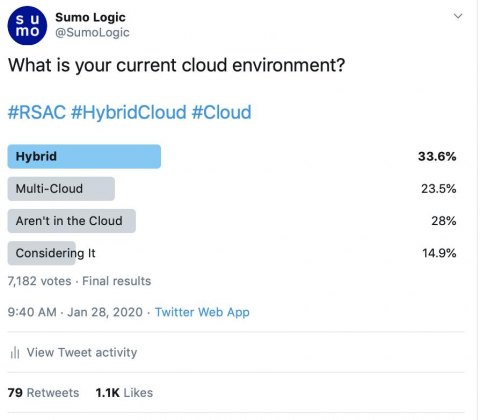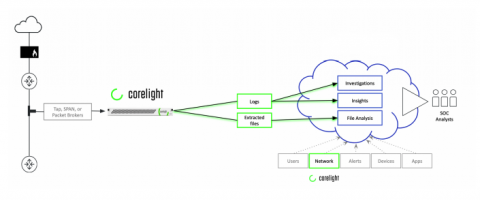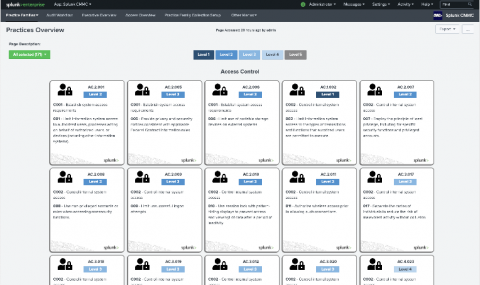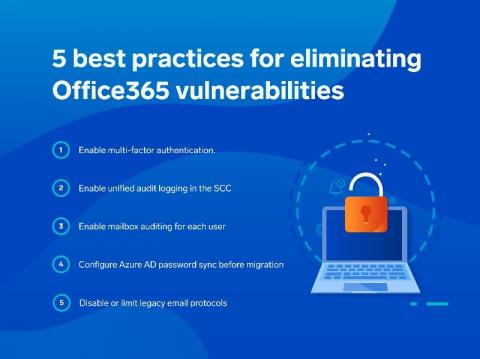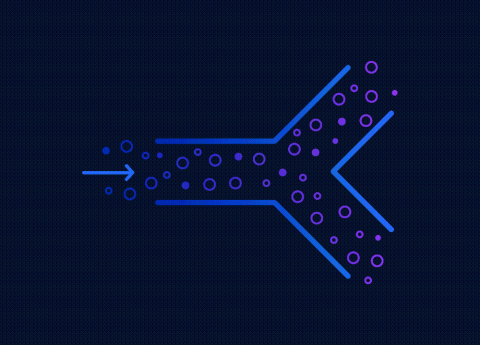Security | Threat Detection | Cyberattacks | DevSecOps | Compliance
Logging
The advantages of resource-based pricing in security
Given the complexity of large enterprise environments, coupled with the diversity of the vendor landscape, there is no single, agreed-upon “best” way to buy security. The battles continue between CAPEX or OPEX, net-30 or net-90, annual or multi-year, perpetual or subscription. One thing we do know, however, is that all too often the consumer pays for something he or she does not use.
Pre-RSA Twitter Poll: 3 Interesting Observations on SOC, SIEM and Cloud
SIEM Yara Rules
Introducing the Splunk for CMMC Solution
On January 31st, 2020, the Office of the Undersecretary of Defense for Acquisition and Sustainment (OUSD A&S) published V1.0 of the Cybersecurity Maturity Model Certification (CMMC). The CMMC builds on DFARS both in terms of required practices and by establishing “trust, but verify” relationships with DoD contractors.
Mac system extensions for threat detection: Part 3
This is the third and final post of a three-part series on understanding kernel extension frameworks for Mac systems. In part 1, we reviewed the existing kernel extension frameworks and the information that these frameworks can provide. In part 2 we covered techniques that could be used in kernel to gather even more details on system events. In this post, we will go into the new EndpointSecurity and SystemExtensions frameworks.
Delivering on Data's Promise Requires a Personal Touch
I have often heard it said that "data is the new oil" - it has value if it can be extracted and used correctly. How to extract value and leverage this opportunity - and occasional threat - is what I most commonly hear is keeping today's executives awake at night. From mom-and-pop shops to global enterprises, within nonprofits and the public sector, every leader wants to become data-driven. Unlocking the power of data is, obviously, critical to success.
How to Secure Office365 with Cloud SIEM
What Is Log Management, and Why Is It Important?
I think we all know what log management is. As discussed in a 2017 article for The State of Security, log management is about systematically orchestrating the system and network logs collected by the organization. That being said, there’s still some confusion surrounding why an enterprise would want to collect log data in the first place. There are two primary drivers for an enterprise to collect log data. These are security and compliance.
Guide: Smarter AWS Traffic Mirroring for Stronger Cloud Security
So, you’ve installed Coralogix’s STA and you would like to start analyzing your traffic and getting valuable insights but you’re not sure that you’re mirroring enough traffic or wondering if you might be mirroring too much data and could be getting more for less. The harsh truth is that in order to be able to detect everything, you have to capture everything and in order to be able to investigate security issues thoroughly, you need to capture every network packet.




